Mar 31, 1821 ~ Massacre on Chios, Greece

For 2000 years, Chios merchants and ship-owners had dominated trade and diplomacy throughout the Black Sea, the Aegean and the Mediterranean. The Ottoman Empire had allowed Chios unique and almost complete control over its own affairs as Chian trade and the very highly-valued mastic plant harvested only on Chios were of great value to the Sultan. The cosmopolitan Chians were also very prominent in Constantinople. Following the massacre, the island never regained its commercial prominence.
In Chios you can see the scars of the massacre. About 25km from Hora is the isolated mountain town of Anavatos perched on a hill.

This town is completely abandoned. All of its people were killed or threw themselves off the cliffs rather than be captured by Ottoman Turkish troops, and no one ever moved back. It remains a ghost town and a memorial to the dead. It is maintained and parts are being restored, but nature is taking over.

Nearby is the monastery of Nea Moni, founded in the 11th century and built by Constantine Monomachos. During the Massacre of Chios, 3,500 women and children sought refuge in the fortified monastery which was ultimately penetrated by the Ottoman Turks, who killed the refugees and the 600 monks who lived there. The remains of the monks are kept in a public ossuary as a reminder of the tragedy. (last three photos and text for them taken from Dean Christakos' site).



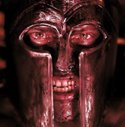








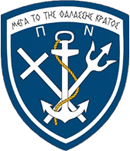

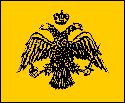






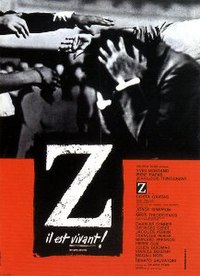
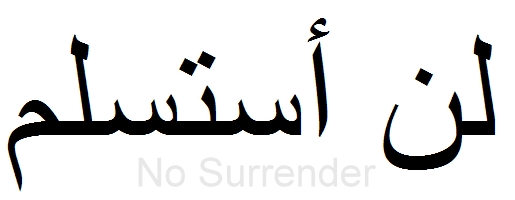

0 Comments:
Post a Comment
<< Home